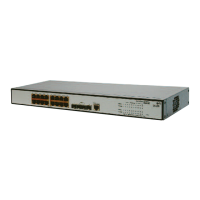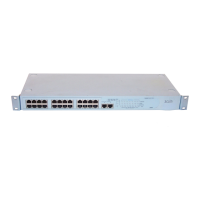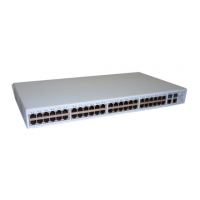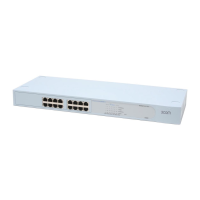1-1
1 PoE Configuration
PoE Overview
Power over Ethernet (PoE) means that power sourcing equipment (PSE) supplies power to powered
devices (PDs) from Ethernet interfaces through twisted pair cables.
Advantages
z Reliable: Power is supplied in a centralized way so that it is very convenient to provide a backup
power supply.
z Easy to connect: A network terminal requires no external power supply but only an Ethernet cable.
z Standard: In compliance with IEEE 802.3af, and a globally uniform power interface is adopted.
z Promising: It can be applied to IP telephones, wireless LAN access points (APs), portable chargers,
card readers, web cameras, and data collectors.
Composition
As shown in Figure 1-1, a PoE system consists of PoE power, PSE, power interface (PI), and PD.
Figure 1-1 PoE system diagram
PoE power
The whole PoE system is powered by the PoE power.
PSE
A PSE is a device supplying power for PDs. A PSE can be built-in (Endpoint) or external (Midspan). A
built-in PSE is integrated in a switch or router, and an external PSE is independent from a switch or
router.
The PSEs of 3Com are built in, and can be classified into two types:
z Device with a single PSE: Only one PSE is available on the device; so the whole device is
considered as a PSE.
z Device with multiple PSEs: For a device with multiple PSEs, an interface board with the PoE power
supply capability is a PSE. The system uses PSE IDs to identify different PSEs.
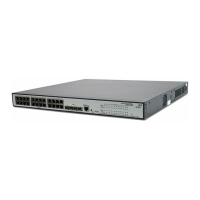
